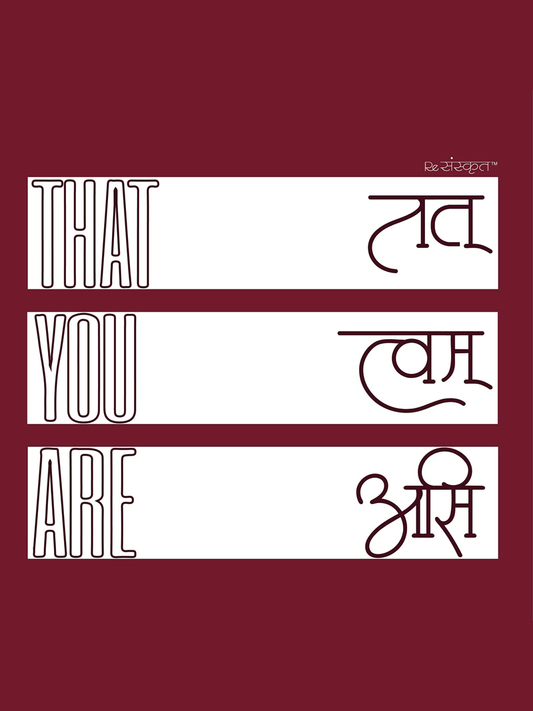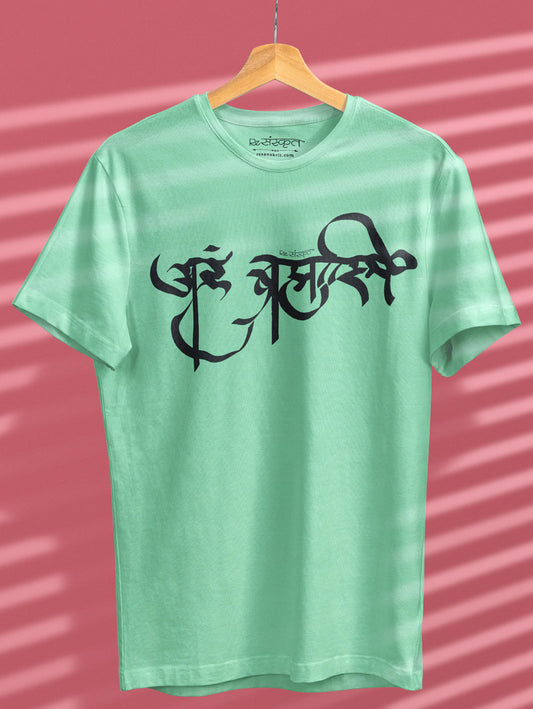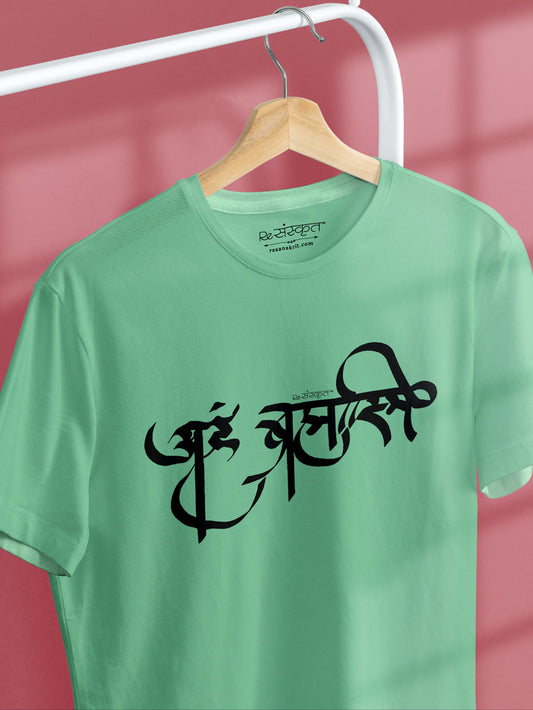The great works of Kalidasa (कालिदास)

Who was Kālidāsa?

पुरा कवीनां गणनाप्रसङ्गे
कनिष्ठिकाधिष्ठितकालिदासा।
अद्यापि
तत्तुल्यकवेरभावादनामिका सार्थवती बभूव ॥
Transliteration:
purā kavīnāṃ
gaṇanāprasaṅge kaniṣṭhikādhiṣṭhitakālidāsā।
adyāpi
tattulyakaverabhāvādanāmikā sārthavatī babhūva ॥
English translation:
In
ancient times, when all the poets were counted, Kālidāsa was assigned the little
finger.
But, no poet of genius comparable to his has existed till today;
hence, the finger
next to little finger (i.e., the ring finger) is
meaningfully named as ‘anāmikā’.
Hindi
translation:
पुराने
ज़माने में, जब कवियों की गणना की जा रही थी, तब कालिदास को कनिष्ठिका पर विराजमान
किया गया। उनसे तुलना हो सके, इतने प्रतिभाशाली कवि का आज तक अभाव होने के कारण
कनिष्ठिका के बाजू की उंगली का ‘अनामिका’ यह नाम अर्थपूर्ण हो गया।
This is a very significant verse about Kālidāsa in the Indian tradition. He has not told anything about himself in any of his works. Also, no other records about him written by anyone else are available. Very little about his personal history is known, but it is evident from his literary works that he had traveled throughout India. With that, he was very much acquainted with the Vedas, Upanishads, Purāņas, medicine, astronomy, etc. Also, he must have been a modest and intelligent person of high culture and liberal ideas.
Interestingly, the above fact also reflects modesty and humility of the great poet that he does not speak much about himself in his works. This very fact brings him to the category of ‘Great’ poets.
Further, in Raghuvaṃśam, the poet says:
मन्दः कवियशःप्रार्थी गमिष्याम्युपहास्यताम्।
प्रांशुलभ्ये फले लोभादुद्बाहुरिव वामनः॥
Transliteration:
mandaḥ kaviyaśaḥ prārthī
gamiṣyāmyapahāsyatām।
prāṃśulabhye phale lobhādudbāhuriva vāmanaḥ॥
English
translation:
I am like a small person with small arms who cannot pluck the fruits which only a
tall one can do, I will be ridiculed by the people (for trying to write on the great Raghukula), which requires
eminent poet’s skills.
Hindi
translation:
ऊँचे फल के लोभ के कारण अपने हाथ उठा रहे किसी बौने की तरह मैं भी मन्द होते हुए भी
कवियश की प्राप्ति चाहने हेतु
उपहास को प्राप्त होउंगा।

कविरमरः कविरचलः कविरभिनन्दश्च कालिदासश्च।
Hindi translation:
कालिदास वह कवि हैं जो समय की आत्मा में बसे हैं—जिन्हें कभी भुलाया नहीं जा सकता, जिनका स्थान अटूट है और जिनकी प्रशंसा सदा होती रहेगी।
English translation:
Kalidasa is a poet etched in the soul of time—never forgotten, never shaken, and eternally cherished.
Source:
सुभाषितरत्नभाण्डागारम् २|विशिष्टकविप्रशंसा|४

Bring Sanskrit home!
ReSanskrit merchandise starting at ₹ 249.
Browse Collection!
Works of Kalidasa
Some of the most noted and genuinely identified works of Kalidasa are –
The dramas:-
- Abhijñānaśakuntalam (“The Recognition of Shakuntala”)
- Vikramorvaśīyam (“Urvashi Won by Valour”)
- Mālavikāgnimitram (“Malavika and Agnimitra”)
And the epic poems:-
- Raghuvaṃśam (“Dynasty of Raghu”)
- Kumārasaṃbhavam (“Birth of the War God”)
And the short poems:-
- Meghadūtam (“Cloud the Messenger”)
- Ṛtusaṃhāram (“The cycle of the seasons”)
This does not mean that the other works were anyway less important and less brilliant. His genius has been recognized in India from very early times, as well as in the western world. His poetic genius has brought Sanskrit poetry to the highest level of elegance and subtlety.
His style of writing makes him different from other poets in Sanskrit literature. His style is pure, simple, genuine, and brief. An unaffected simplicity of expression and easy flowing language are the markings of his writings.
His diction is marked by the absence of long compounds, complex constructions, over-written rhetoric, and artificial puns
He exceeds other poets in the description of the noble, the beautiful, and natural scenery and phenomena. He is a mastermind in the use of similes too; take this verse from Mālavikāgnimitram, for example:

स्मयमानमायताक्ष्याः किञ्चिदभिव्यक्तदशनशोभि मुखम्
।
असमग्रलक्ष्यकेसरमुच्छ्वसदिव पङ्कजं दृष्टम् ॥(माल. २.१०)
Transliteration:
smayamānamāyatākṣyāḥ
kiñcidabhivyaktadaśanaśobhi mukham ।
asamagralakṣyakesaramucchvasadiva
paṅkajaṃ dṛṣṭam ॥ (māla. 2.10)
Hindi
Translation:
स्मित करने
की वजह से जिसके दांत किंचित व्यक्त हो रहे हैं, ऐसे इस बड़े आँखवाली स्त्री का मुख
अभी अभी जो उमलने लगा है और
जिसके केसर किंचित दिखाई दे रहे हैं, ऐसे कमल की तरह
दिख रहा है।
English
Translation:
The face of the girl with big beautiful eyes, and
whose teeth are slightly seen because her smile is looking
like a lotus flower,
which has just started blossoming, and whose fibers are partially visible.
His works mainly focus on the suggested meaning rather than the literal meaning. Suggested meaning is said to be the best expression of sentiment in poetry. Hence, Kālidāsa’s works fall under the category of ‘uttamakāvya’ on the basis of Indian poetics.
Kālidāsa is considered as the representative of Indian Culture. His character follows the ideals of Indian thought process. At the same time, their natural feelings are expressed by him very delicately and effectively. Many Arthāntaranyāsas are used by him that are able to express deep meaning in few words. Some of them are as follows:
अर्थो हि कन्या परकीय एव। (शाकुन्तल – ४.२२)
Transliteration:
artho hi
kanyā parakīya eva।
Hindi
Translation:
कन्या पराया धन है।
English
Translation:
Daughter
is an object belonging to someone else!
रिक्तः सर्वो भवति हि लघुः पूर्णता गौरवाय। (मेघ. – २०)
riktaḥ sarvo bhavati hi laghuḥ pūrṇatā gauravāya। (megha. – 20)
Hindi Translation:
जो चीज रिक्त होती है, वह हलकी हो जाती है, और जो भरी हुई है, वह भारी, और श्रेष्ठ होती है।
English Translation:
Everything of void substance becomes light, and fullness contributes to heaviness, i.e., respect.

अत्यन्तार्तिप्रशमनफलाः सम्पदो ह्युत्तमानाम्।
Transliteration:
atyantārtipraśamanaphalāḥ
sampado hyuttamānām।
English
translation:
A good man’s wealth is intended to aid and succour the lowly
and the lost.
Hindi
translation:
श्रेष्ठ लोगों की सम्पत्ति का फल आपदा ग्रस्त जनों की पीड़ा को
सर्वथा शान्त करना होता है।

कस्यात्यन्तं सुखमुपनतं दुःखमेकान्ततो
वा
नीचैर्गच्छत्युपरिच दशा
चक्रनेमिक्रमेण।
Transliteration:
kasyātyantaṃ
sukhamupanataṃ duḥkhamekāntato
vā
nīcairgacchatyuparica daśā
cakranemikrameṇa।
Hindi
Translation:
किसी को भी सदा सुख और सदा दुख
नही मिलता।
पहियों के घेरे की तरह (जीवन में सुख दुख)
उपर नीचे होते ही रहते है।
English
Translation:
No one gets always sorrow or
always happiness.
States (of happiness and sorrow)
keep turning around just as the spokes of a wheel keep
going up and down.
All of these peculiarities make him the best poet in the world of Sanskrit literature. He is significantly known as ‘Kavikulaguru’; i.e., ‘magnificent among poets’.
His works mainly include three dramas, namely ‘Mālavikāgnimitram’, ‘Vikramorvaśīyam’, ‘Abhijñānaśakuntalam’; two epics, namely ‘Kumārasaṃbhavam’ and ‘Raghuvaṃśaṃ’; and two minor poems (khaṇḍakāvya), namely ‘Meghadūtam’ and ‘Ṛtusaṃhāram’. ‘Kuntaleśvaradautyam’ is also a work assigned to Kālidāsa, but it is not available now.
Influence of Kālidāsa on Eastern and Western worlds
His writings made a great influence on the Indian and Western world. In India, these works became an inspiration for many later literary works. The traditions of the khaṇḍakāvyas, dūtakāvyas were started after the Meghadūtam. Also, the mahākāvyas Raghuvaṃśam and Kumārasaṃbhavam are two important Kāvyas among the five Mahākāvyas in the Indian Tradition.
Scholars like Rabindranath Tagore and Yogi Aurobindo were in love with Kālidāsa. Rabindranath Tagore has written a beautiful poem named ‘Cloud Messenger’ based on Meghadūtam. Yogi Aurobindo says, “Vālmīki, Vyāsa, and Kālidāsa are the essences of the history of ancient India; if all else were lost, they would still be its sole and sufficient cultural history.” With that, these works were translated into many Indian languages. They are being performed all over India till today.
The Western world had a miraculous effect of Kālidāsa’s work. Sir William Jones was the first one to translate Abhijnānaśākuntalam into English, in the year 1789. Then, it was translated into German, which was read by German dramatist Goethe. He was so overwhelmed, that he said,
एकीभूतमभूतपूर्वमथवा स्वर्लोकभूलोकयो:
ऐश्वर्यं
यदि वाञ्छसि प्रिय सखे ! शाकुन्तलं
सेव्यताम्॥
Transliteration:
ekībhūtamabhūtapūrvamathavā
svarlokabhūlokayo:
aiśvaryaṃ yadi vāñchasi priya
sakhe ! śākuntalaṃ sevyatām॥
Hindi
Translation:
हे प्रिय मित्र, स्वर्गलोक और
भूलोक का अभूतपूर्व ऐसा संगम और उनका ऐश्वर्य देखने की यदि
इच्छा हो, तो शाकुंतल का आस्वाद लो ।
English
Translation:
Dear friend, if you wish to
enjoy the unprecedented union of the Earth and the
Heaven, and their enrichment; get acquainted with
Śākuntala.
When Friedrich Schlegel, a German poet, Indologist, philosopher, and pioneer of Indo-European studies, as well as comparative linguistics, came in contact with Shakuntala, he went to Paris, learned Sanskrit, and started the course of Indology in Germany. After that, all other works of Kālidāsa were translated and performed all over the world.
With that, the study of Sanskrit as well as the branches like comparative linguistics was accelerated all over the world. The Western world got attracted towards Indian culture and philosophy. Hence, Kālidāsa became an important connection between India and the rest of the world.
Hence, Kālidāsa is a milestone in the history of India. Though his personal details are still unknown, his literary works have been the source of delight and knowledge on Indian culture, Indian philosophical thought process, and wisdom for the whole world.
Hence, Bāṇa is very honest about his observations when he says,
निर्गतासु न वा कस्य कालिदासस्य
सूक्तिषु।
प्रीतिर्मधुरसान्द्रासु मञ्जरीष्विव
जायते॥ (हर्षचरित – बाण)
Transliteration:
nirgatāsu
na vā kasya kālidāsasya
sūktiṣu।
prītirmadhurasāndrāsu mañjarīṣviva jāyate॥
(harṣacarita – bāṇa)
Hindi
Translation:
कालिदास के आम्रमंजरी के समान
मधुर और सरस सूक्तियों के प्रवाहित होने पर ऐसा कौन है,
जिसके ह्रदय में उनके प्रति प्रेम का आविर्भाव नहीं
होता!
English
Translation:
After hearing the maxims of
Kālidāsa, which are sweet like a mango-blossom and
sensible, who will not be attracted towards Kālidāsa?
We hope you liked our version of the ‘Great Works of Kālidāsa’. We strongly recommend you to check out his work in detail. Here are some books that you can start with:

![[PREORDER] 2026 Hindu Desk Calendar - Sanskrit Shlokas, Art & Tithis - ReSanskrit®](http://resanskrit.myshopify.com/cdn/shop/files/2026_desk_hero_front_533x.jpg?v=1762577869)
![[PREORDER] 2026 Hindu Desk Calendar - Sanskrit Shlokas, Art & Tithis - ReSanskrit®](http://resanskrit.myshopify.com/cdn/shop/files/2026_desk_lifestyle_2_533x.jpg?v=1762577869)
![🆕 [PREORDER] 2026 Hindu Wall Calendar - Sanskrit Quotes, Indian Art & Festivals (Vikram Samvat) - ReSanskrit®](http://resanskrit.myshopify.com/cdn/shop/files/Wall_cover_hero_2026_533x.jpg?v=1762527319)
![🆕 [PREORDER] 2026 Hindu Wall Calendar - Sanskrit Quotes, Indian Art & Festivals (Vikram Samvat) - ReSanskrit®](http://resanskrit.myshopify.com/cdn/shop/files/Wall_fullpage_month_2_2026_533x.jpg?v=1762528373)
![[New Edition] ReSanskrit® 365 Days of Sanskrit Wisdom | Daily Sanskrit Quotes | With 100+ New Quotes, Hindi & English Translations🆕](http://resanskrit.myshopify.com/cdn/shop/files/365-calendar-resanskrit-front-hero-shot_533x.jpg?v=1762351171)
![[New Edition] ReSanskrit® 365 Days of Sanskrit Wisdom | Daily Sanskrit Quotes | With 100+ New Quotes, Hindi & English Translations🆕](http://resanskrit.myshopify.com/cdn/shop/files/365-calendar-resanskrit-quote-shot1_533x.jpg?v=1762351193)









![[Part 2] Relevant Sanskrit Shlokas with Meaning in Hindi & English](http://resanskrit.myshopify.com/cdn/shop/articles/Relevant-Sanskrit-Shlokas-Article-Cover-image-part-2_8341afb2-9a7c-4b8c-90fa-eb4000af852f_165x.jpg?v=1762527855)


2 Comments
I got a methodical history of Kalidasa but it was devoid of dates of occurrences and didn’t cover his demise far south in Srilanka
Very interesting
Leave a comment
Please note, comments need to be approved before they are published.